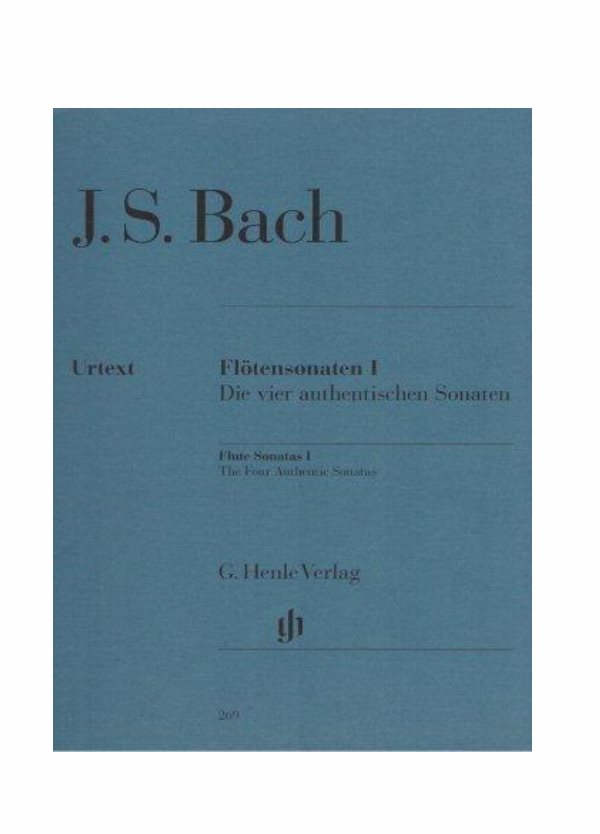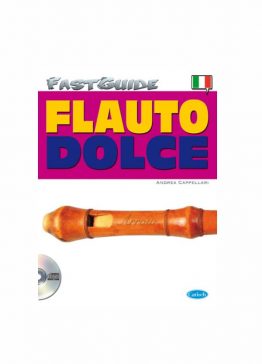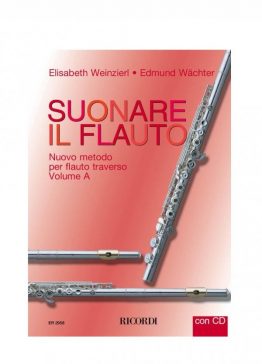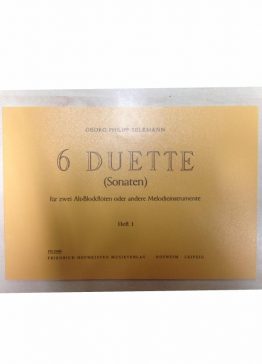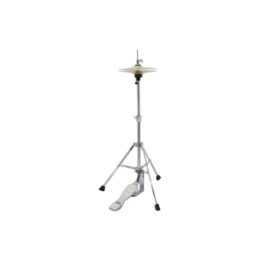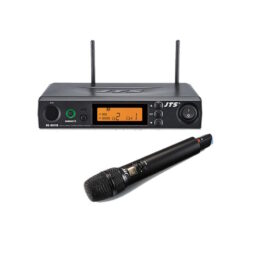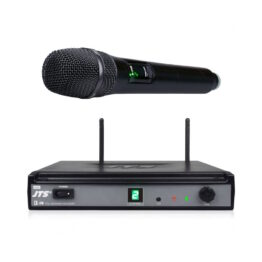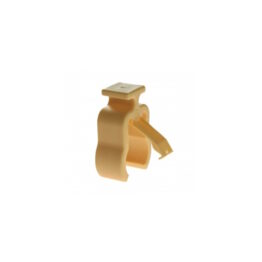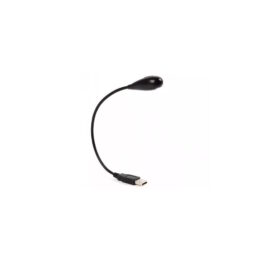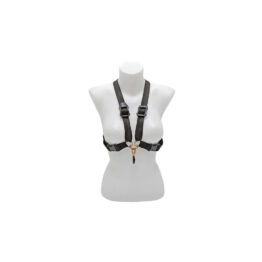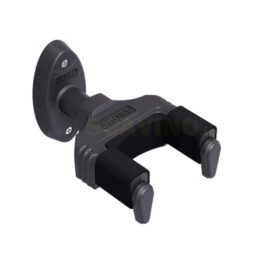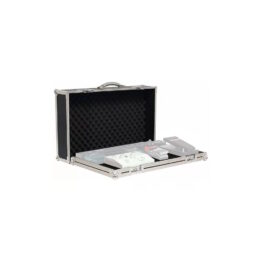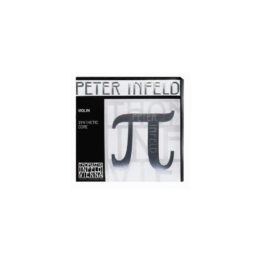Descrizione
Flauto e Pianoforte
Autore:Bach Johann Sebastian
Edited and figured bass realization by HANS EPPSTEIN
Editore:Henle Verlag
URTEXT
Pagine:61 pag + 7 pag.(Violoncello) + 22 pag.(Flauto).
Titolo:Flute sonatas I the four authentic sonatas
Preface
Bach appears to have occupied himself intensively with the chamber sonata species. Among the distinguishing features are the combinations of instruments he employs, differing from those customary at the time of writing for one or two upper parts and continuo (solo or trio sonata). Instead he resorts to instrumental groupings that must have been
regarded as unusual for the period, namely compositions for a solo melodic instrument without accompaniment as for violin or flute or gamba with harpsichord obbligato, a concept which Bach obviously developed from the trio sonata.
Initially he adapted his own trio sonatas
(the majority of them now lost) to the new form of instrumentation (flute and gamba sonatas). Having come to recognize the fact that the harpsichord required its own independent method of treatment, he gradually went over to developing the pure duo form as realized in his violin sonatas, above all in the
slow movements.
The two sonatas for flute with harpsichord
obbligato belong to the first category; in other words, they were not originally composed in the instrumental form in which they ultimately came
down to us. An older version of the b minor Sonata also exists in g minor.
The extreme movements of the former were, as is noticeable from the tonal compass and design of the individual parts, based on a trio version written for two flutes and thorough-bass in g minor.
The slow movement, on the other hand, was evidently composed in its original form for a single melodic instrument and thorough-bass, the latter realized by Bach himself. Parts of the first movement too, may possibly be traced back
to a similar prototype. The autograph of the final version in b minor originates from the Leipzig period.
The Sonata in A major was presumably based on a trio sonata in C major for flute, violin and thorough-bass (in addition, possibly, to the first movement in an original version written as a soloconcerto-movement). The only version
of the work that has survived, i. e. that
for flute and harpsichord obbligato, is
incomplete. Likewise belonging to the
Leipzig period, the autograph is discovered
to have been cut along the bottom edge (this possibly having been done during Bach’s lifetime) so that 45 to 48 measures are missing towards the end of the first movement. This perhaps offers some explanation for the unusual fact that no copies of the work are known to
have been made. The last two measures of the first movement that have survived correspond to M. 32/33, so that the final measures are relatively easy to reconstruct.
Joining them to the close of the cadence at M. 62 (1st note) permits one to play the fragment of the movement in question without adding any
notes other than those originating from
Bach himself. Supplementation of the additional measures still lacking has been undertaken by publishers in strict compliance with Bach’s original material.
Proportional cuts have deliberately been made owing to new original material, most certainly existent in Bach’s lost autograph, no longer been capable of reconstruction. All reconstructed sections are distinguished by the use of small print, the same applying to those
places in which some realization of the
thorough-bass was essential.
Compared with the works previously described, the origins of the two sonatas for flute and thorough-bass involve no essential complication. The only sources that have survived are in the form of copies.
In the same way as a large amount of Bach’s chamber music, the earlier Sonata in e minor was probably written in Cöthen. The Sonata in E major – the only one certain to have been composed as an authentic chamber sonata – was
very likely written for the Royal Court in Potsdam, visited by Bach in 1741 and 1747; it is thus an essentially later composition.
The realization of the thoroughbass should be regarded as serving a basic purpose, and may be modified at will, even though the density of Bach’s stylistic treatment scarcely leaves one
with any scope for expansion.
It is generally acknowledged today that the sonatas written with obbligato harpsichord part in E-flat major, BWV 1031, and g minor, BWV 1020 (for flute or violin) as well as the sonata in C major,BWV 1033 with thorough-bass were not composed by J. S. Bach; in one source, BWV 1020 is ascribed to Carl Philipp Emanuel Bach. The three works are published in Volume II of this edition.
Closer details on issues associated with the sonatas for flute are to be found in the editor’s following publications: Studien über J. S. Bachs Sonaten für ein Melodieinstrument und obligates Cembalo (Uppsala 1966) and Über J. S.
Bachs Flötensonaten mit Generalbaß (Bach Jahrbuch 1972).
Signs presumed to have been omitted inadvertently in the sources have been placed in parentheses. Printing of accidentals has (in the same way as the figuring of the thorough-bass) been adapted to modern usage.
The Comments at the end of this volume provide detailed information on the sources and alternative readings.
Stocksund, summer 1978
Hans Eppstein
CONTENUTO:
Flute Sonata e minor BWV 1034
Flute Sonata E major BWV 1035
Flute Sonata b minor BWV 1030
Flute Sonata A major BWV 1032
